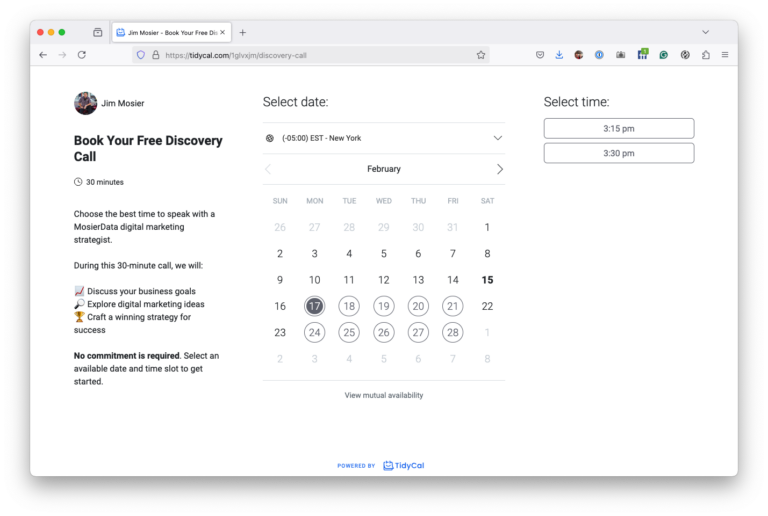Keywords are often the focus of Search Engine Optimization. They are definitely a critical component in helping Google and other search providers understand what your site is all about. However, there are other crucial considerations. Internal links are an essential one. When the Googlebot, sometimes referred to as a spider, crawls your site, it is creating an index of your content.
To illustrate this concept, consider the index you would find at the back of a book. It lists all the topics covered in the text in an orderly manner and lets readers know the page numbers that contain the information. Think of your keywords as the topics and links as the page numbers. Having an efficient internal linking structure is crucial in helping Google’s spider do its job.
Internal links are, simply, references on one part of your site to another part of your site. There are many you should naturally have, such as one that enables a user to get back to your homepage from the top menu. Each internal link on your site is like a string of thread. A well planned internal linking strategy connects these threads between related content.
Let’s say you have a blog post about a problem your potential customers may face. A link in that text could go to a page about a service you provide to deal with that problem. Somewhere on the service page could then be another link with an offer to contact you to find out more. With these pages and links, you have created a direct process for a site visitor to take action. This is effective marketing but also does not go unnoticed from an SEO point of view.
When a search provider indexes your site, it runs a series of complicated algorithms to quantify what it finds. Using the above example, let’s assume the keyword of your blog post is the problem your customers care about, and the keyword of the service page is your solution. This data becomes part of the index being created. Both keywords will be included in the index and the link between the two a “page number” like connection.
Building on the idea of Google’s spider crawling around your pages, it can be thought of as spinning a distinct web of your site’s content. With each link being a thread, the more links, the larger the web it will build. The larger the web, the more successful it will be.
When someone enters a specific query, a search engine’s job is to return the most appropriate results. Obviously, the keywords on your site need to match what the user entered, but that is only part of the story. There are likely many websites out there using the same set of keywords. Search engines determine the value of your site by how useful they think it to be. Internal links are a crucial component in helping make that value known. Set-up correctly, these links help Google’s spider build a robust web that causes your site rank higher in the search results and you to capture more business.
Are your SEO strategies working? If not, MosierData can help. Contact us here or call 863-687-0000 to find out more.

